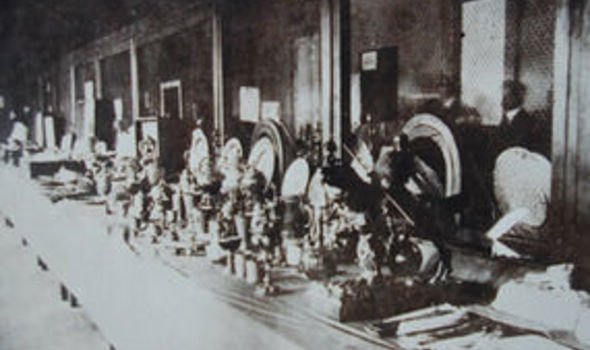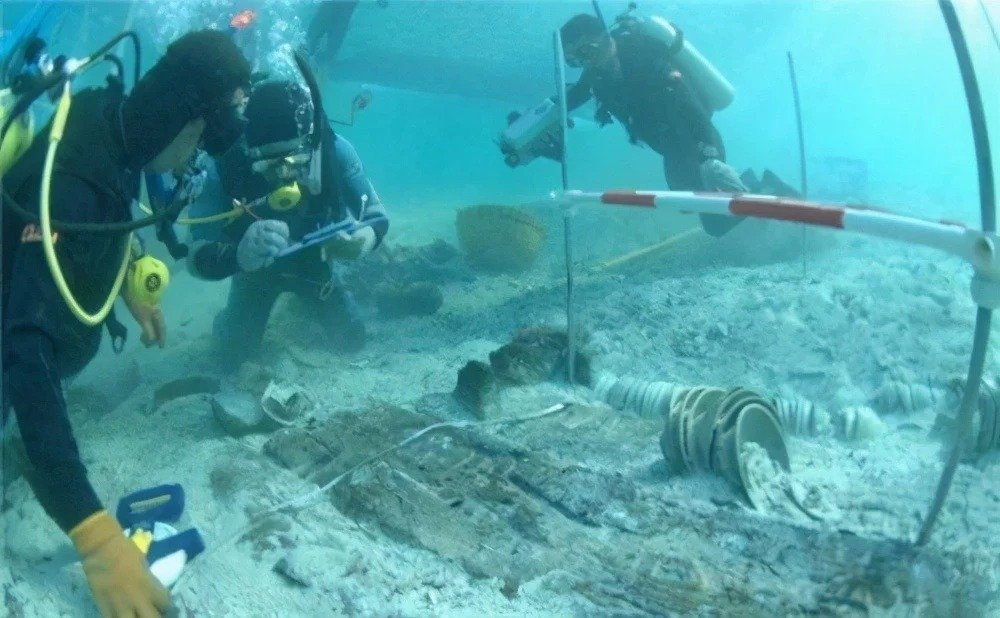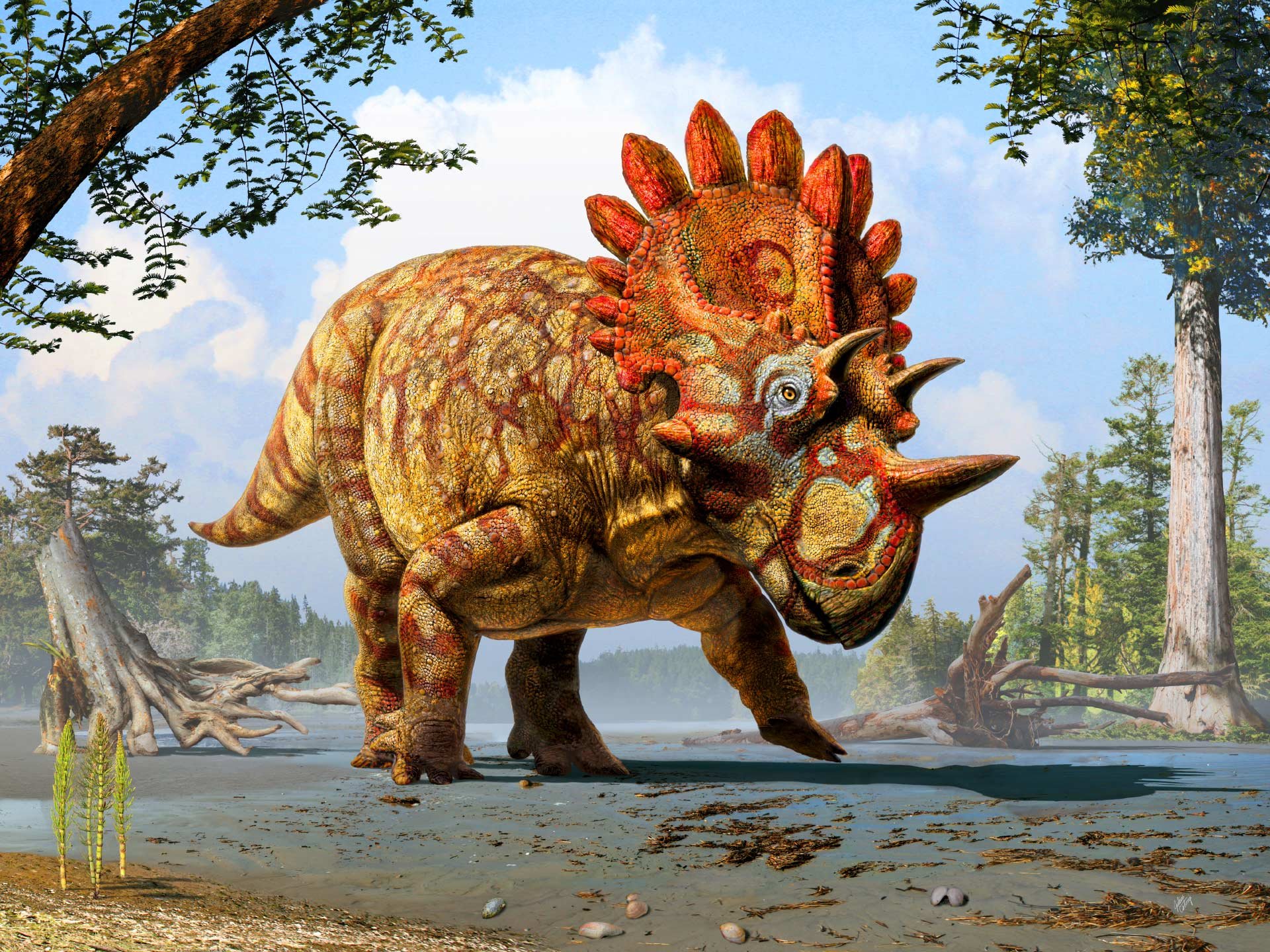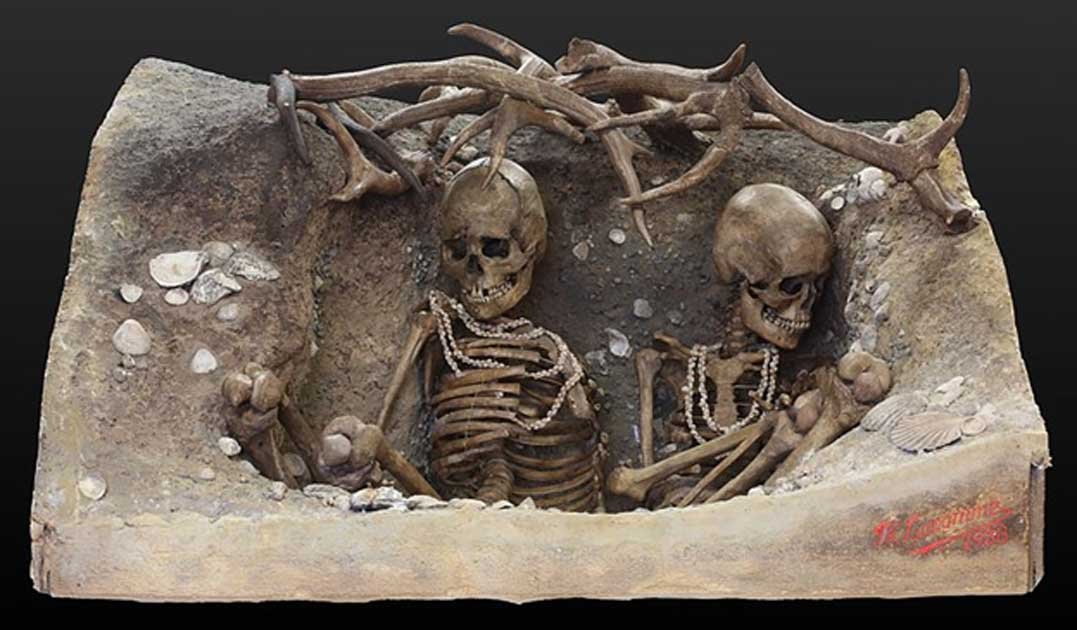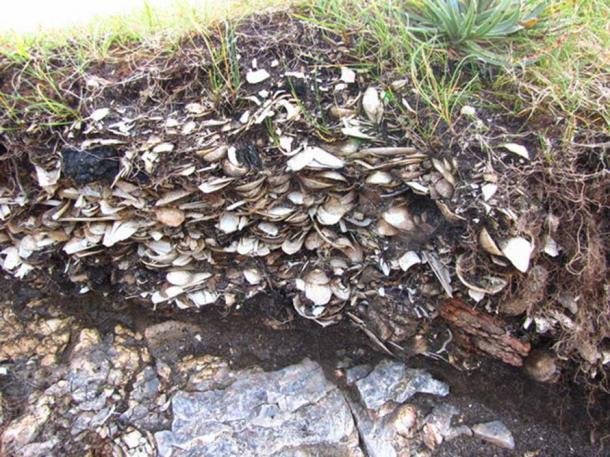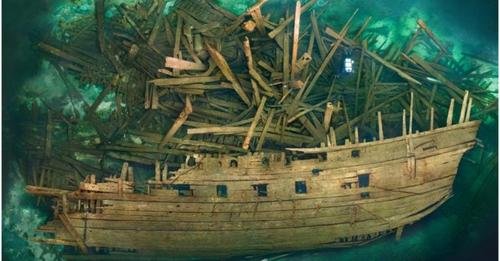The Ancient Ghost Town Of Herculaneum: Buried Treasures of the Roman World
When we think of ancient towns obliterated by the eruption of Mount Vesuvius in 79 AD, Pompeii frequently overshadows its nearby, lesser-known counterpart, Herculaneum. But for those who delve into the ruins of this Roman coastal town, the tales it has to offer are equally, if not more, mesmerizing. Herculaneum, buried under a deep layer of volcanic material, provides a uniquely well-preserved window into the daily lives of its ancient inhabitants.
A Town's Prosperous Beginning
Situated on the western coast of Italy, Herculaneum was a wealthy Roman town, likely founded by the ancient Greeks in the 6th or 5th century BC. Over time, the town prospered, and by the time of its demise, it was a resort town frequented by Rome's elite. Elegant villas lined its streets, and its position by the sea meant trade and commerce flourished.
The Day Vesuvius Erupted
While Pompeii was blanketed with pumice and ash, Herculaneum met a different fate. Pyroclastic flows—swift avalanches of hot gas, ash, and rock—sped down Vesuvius, instantly covering Herculaneum under a 60-foot deep blanket of volcanic material. This rapid entombment had a silver lining: while the high temperatures charred organic materials, the rapidity of the flow and the lack of air and moisture meant that many wooden structures, fabrics, and even food were preserved rather than destroyed.
Rediscovering Herculaneum
For over 1600 years, Herculaneum lay forgotten, buried beneath the modern town of Ercolano. It wasn't until well into the 18th century that excavations began. Unlike Pompeii, where excavations have been extensive, only about a quarter of Herculaneum has been unearthed. But what has been revealed is astonishing.
Insights into Roman Life
Thanks to the unique preservation conditions, Herculaneum offers a more comprehensive picture of Roman daily life than Pompeii. Wooden furniture, frescoes, mosaics, and even scrolls from a library have been uncovered. One significant find is the Villa of the Papyri, which housed hundreds of carbonized papyrus scrolls. Though deciphering these is a challenge, they provide a rare glimpse into Roman literature.
In addition, the town's public buildings, bathhouses, and homes provide insights into Roman architecture, decor, and societal structures. The skeletal remains of those who sought refuge from the eruption, found in the boat houses, have also shed light on Roman diets, diseases, and lifestyles.
An Echo of the Past
Herculaneum, though not as renowned as Pompeii, holds its own treasures and tales. It serves as a poignant reminder of nature's power and the fragility of human life. At the same time, the remnants of Herculaneum provide an incredibly detailed and intimate look into Roman society, serving as a legacy of a bygone era. Today, both Pompeii and Herculaneum are UNESCO World Heritage Sites, attracting scholars and tourists alike to uncover and marvel at their ancient stories.

